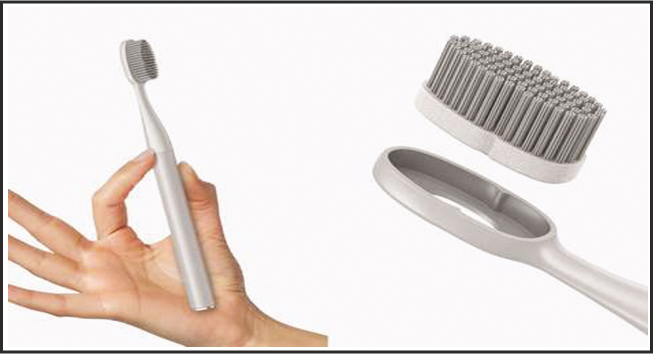Quip to introduce dental insurance alternative in NYC
American electric toothbrush maker Quip will soon introduce an app-based online alternative platform for dental insurance in New York City. Dubbed Quipcare, the platform intends to make prices more transparent for dental care so that Americans with or without insurance can access the dental care at the affordable cost. The dental care alternative plans are available in two variants inclusive of Quipcare and Quipcare+.
Quipcare enables users to search dentists in Quip network, view set rates for non-preventative care, pay for the care, accumulate reward points as well as view dental records. Customers can save around 30% to 40%, under the basic plan, compared to the average dental care in their area, the company claims. It is a suitable option for customers without insurance or those with insurance who have already exhausted their maximum annual claim limits.
By paying $25 per month, members can upgrade to Quipcare+ that offers two preventative check-ups and annual x-rays for $200 less than on pay as you go.
Quip co-founder and CEO Simon Enever said, “People aren’t getting the care they need. One quarter of Americans don’t have dental insurance and, even of those with insurance, one third haven’t visited their dentist in over a year. The current dental care and insurance systems can be confusing, opaque and expensive, and the process of booking, getting and paying for care is inconvenient.
“Quipcare is solving many of these pain points that deter people from getting the professional care they need. We’ve spent years making at-home oral care more simple, affordable and enjoyable for millions of people. Now, we are excited to apply that same ethos to reshape professional dental care with a simple modern app.”
Quip director of care Jeffrey Rappaport said, “Unlike healthcare insurance, dental benefit profits aren’t as limited, meaning profit margins of traditional plans can be big, patient rates high and provider reimbursements low. With quipcare, we help patients pay providers more directly, so they can pay less and the provider can keep more, leading to better health outcomes and happier patients and professionals.”




Leave a Reply